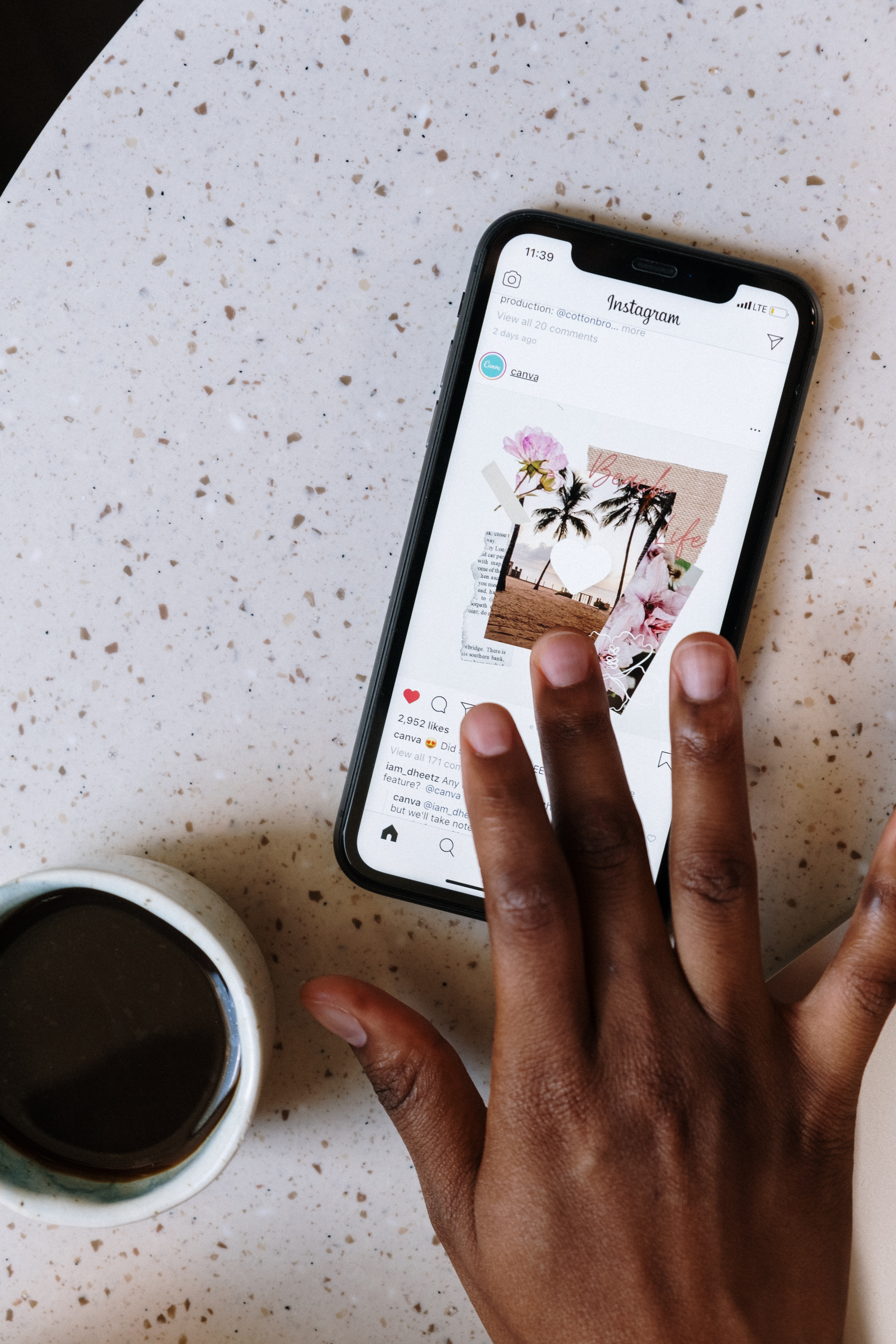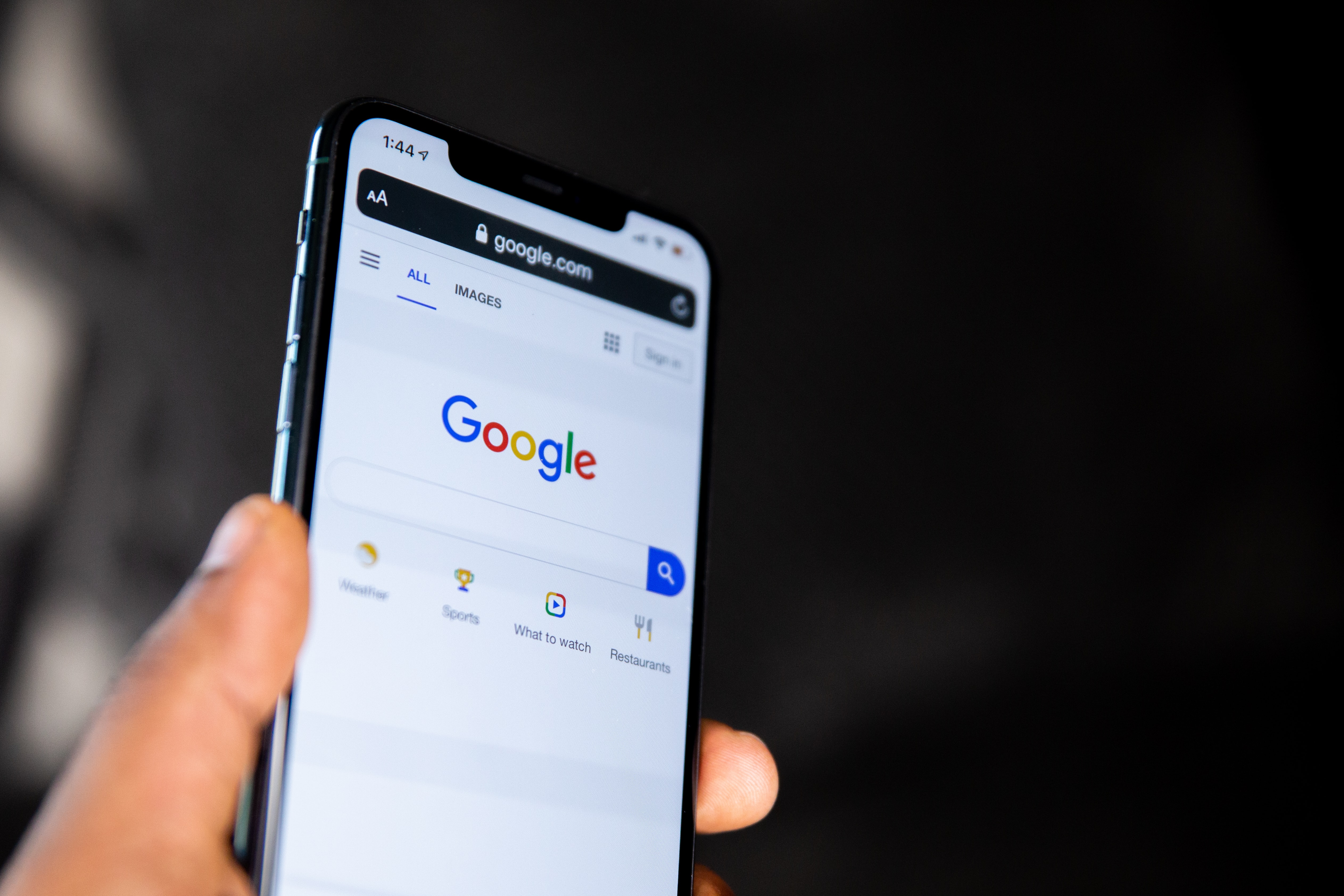On 19th December 2020, London and parts of the South East entered tier four, the government’s highest tier category.
This means that all non-essential retailers, pubs, bars and restaurants – as well as other leisure activities, must close their doors during what is usually their busiest season.
It’s natural for small business owners to feel defeated and exhausted, at the end of what has been a truly relentless year.
However, a bit of Christmas spirit can do wonders for morale. Connecting with your customers in new and exciting ways may provide new opportunities for trading, keep you and your staff feeling positive, and make your customers smile.
To help get you through another tough slog, we’ve listed some tips for keeping customers engaged while you’re closed. They could help inspire new ways to trade, to help boost that all-important cash flow.
Share your story
It’s not often that brands get the chance to become fully humanised and reach out to their audience base with genuine authenticity.
The pandemic has affected every one of us in different ways. If you’re a business owner that’s struggled or thrived during the pandemic, why not share your story of defiance or what you’ve learned?
Whether that’s through vlogs, Instagram live streams, blog posts or interviews with staff – your customers may feel more encouraged to support you in any way they can.
As well as garnering support, it will also help your customers understand the dedication and hard work you put into your passion.
Harness the power of social media
Platforms like Instagram offer tools for brands to talk to their audience, in real-time directly. From polls, to ‘ask me anything’ to reels, there is a wide range of creative media assets you can test during the lockdown.
Not only can you use social media to talk to your customers, but you can encourage them to reach out to you by asking them questions and involving them in Q&As or interviews.
If you’re a restaurant that is pivoting to a takeaway service, social media will be a core channel to keep your customers in the loop.
Pivot your offering online
Are you able to reimagine your typical offering, perhaps to something online-based that you can monetise?
Many restaurant owners have found creative ways to keep their customers eating with them by creating cook-along kits or online cooking courses, either for free or for a cost.
Other hospitality businesses have created hampers or cook-at-home meal parcels to avoid food wastage. You can sell them on your website, or if you haven’t got an ecommerce platform, try utilising Instagram.
Lauded North London restaurant FourLegs has had huge success by promoting their takeaway and delivery menu on their social media.
We saw from their Instagram story updates that loyal customers who lived out of the delivery area bought meals for the homeless, to show the restaurant and wider community support.
Use email marketing
Don’t forget to check in with your customer base via email comms too. This channel could be more appropriate for serious messages about orders, special promotions or reopening times.
It may not seem as fun as social media communication, but it’s an important channel. It will likely reach some engaged customers who may have taken time away from Instagram this holiday season.
Email marketing is also cost-effective and measurable. It allows you to link to blog posts and longer pieces of content that aren’t the right fit for social media.
Engage customers with competitions or challenges
It’s undoubtedly frustrating when you’re unable to trade. But, even when you're shut, you can find ways to market yourself and keep customers engaged with your brand.
One way to achieve this is through competitions or challenges. They can incentivise customers to keep in touch. They’re also great marketing strategies, as they often create a buzz and can even go viral – especially if they leverage the right social channels and hashtags.
For example, during the first global lockdown, The Getty Museum in Los Angeles launched their ‘Getty Museum Challenge’. Its success came almost organically after the museum started sharing pictures of their staff recreating well-known paintings at home.
These posts inspired their followers to get involved, and so the challenge was born. Using #GettyMuseumChallenge in their captions, hundreds of art-depraved fans took it upon themselves to recreate their favourite pieces from the comfort of their homes and posted them on Instagram.
The outcomes were nothing short of inspiring, and the creativity was felt and appreciated by people across the world. The press soon caught onto the news, which created a buzz around the gallery, and its reopening.
Not only did this keep their current fanbase engaged, but it also gave them a brand new audience, for when they reopened their doors.
In the food and beverage industry, Itsu launched a similar challenge based on customers missing their favourite dishes while their doors were closed. As Itsu also has a retail range available, they encouraged loyal diners to recreate their menu in their Itsu ‘Fakeoff Challenge’, which they publicised on Instagram.
The restaurant shared user-generated branded videos of the ‘Star Fakers’ who bagged themselves a voucher for when stores reopen. The videos were a hit on social media, resulting in over 2.5k views – not bad for a user-generated stunt.
Preparing for the future
It’s difficult to predict the future, but taking some time over this period to reflect on your business aims and aspirations may lead to positive outcomes.
We’re here to support small businesses with guidance to survive and grow, even during instability. You can find more articles and advice tailored to independent businesses back on our blog.

